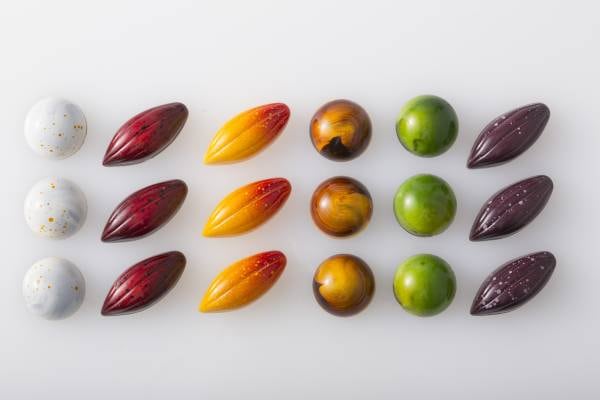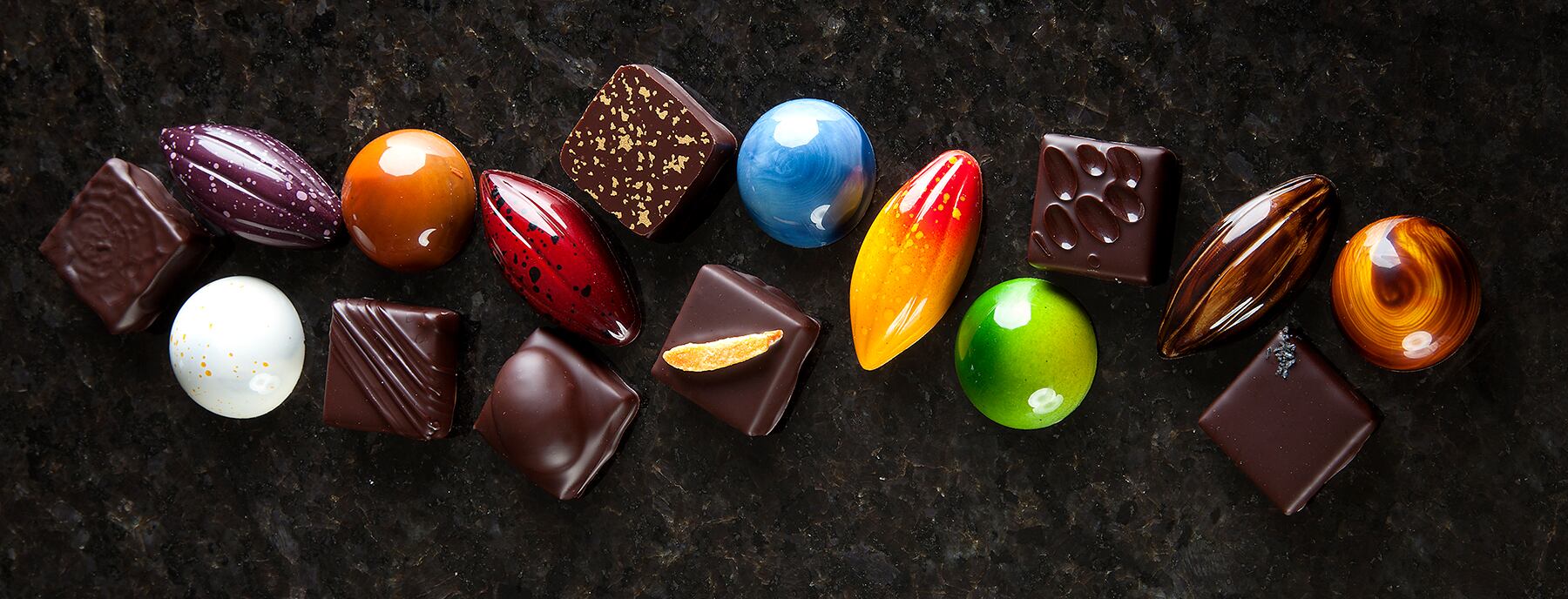He says artisan chocolate firms need to either form strong relationships with cocoa plantations or simply buy couverture to guarantee quality.
Loraschi is a pastry chef and ex-instructor at Barry Callebaut’s chocolate academy in Chicago. He has consulted for major firms such as Hershey on product development and today runs his own business Frederic Loraschi Chocolate in Pennsylvania.
Big buyers get the quality beans
Speaking to ConfectioneryNews, Loraschi said the US is seeing a surge in bean to bar chocolate-making, but claimed much of it was low quality.
Frederic Loraschi profile

Frederic Loraschi learned his trade in France and arrived to the US in 1999, working for seven years as a pastry chef in luxury hotels. He said it was not feasible to open a pastry shop due to market conditions in the US, so he chose instead to begin a chocolate business in 2005, Frederic Loraschi Chocolate LLC. The business today operates a retail store in Harrisburg, Pennsylvania, and also supplies gourmet restaurants. Frederic Loraschi Chocolate won the ‘Best Tasting’ award, US Selection, at the World Chocolate Masters in 2010.
He said small firms are regularly left with poorly fermented cocoa beans shunned by larger suppliers such as Barry Callebaut, Cargill and Valrhoha, who all have expert buyers in the field.
“These guys get the best beans because they buy big volumes and can afford it,” said Loraschi. “The others buy the leftovers that nobody wants.”
He added that smaller firms often attach too much importance to single origin and fine flavor nations, warning that “single origin from Peru can still taste bad”.
Select the beans or abandon bean to bar concept
He said: “You need to be on the field selecting beans yourself, but they [the plantation or seller] have probably already sold their best beans to Barry Callebaut.”
The chocolate shop owner continued that bean to bar chocolate makers often have limited or no control cover cocoa fermentation, which he said was crucial to flavor development.
He said some small firms such as Amedei Chcoolate had formed strong relationships with plantations, but many small chocolatiers cannot afford the expense of traveling regularly to tropical locations to select beans or to form a controlled fermentation network in Latin America.
One way around this challenge, he said, is to consult experienced buyers or to abandon the bean to bar concept entirely and source from a quality couverture supplier.
Loraschi said he choose the couverture route rather than bean to bar because he wanted to guarantee quality.
He added that small firms also needed effective roasting equipment. Few can afford to directly source beans and to buy equipment, so often need a trade-off to guarantee quality – the vital component for a smaller player.
“What’s the point of making bean to bar just to make bean to bar,” he said.

Advice for chocolate startups
Loraschi will deliver a presentation to start-up chocolate makers at the Philadelphia Candy, Gift & Gourmet Show in Atlantic City from September 11-13, 2016.
He said for craft chocolatiers to stand out from the top industrial chocolate firms they must opt for simple, quality ingredients.
“My advice would be, know what sells.” He said that companies often feel they must experiment with crazy flavors, but said they needed to be realistic.
He said Vosges Chocolates introduced a successful bacon chocolate bar a few years ago, which led to many imitators.
“But not everyone wants bacon and chocolate… there is another side of the market,” he said.
“You’ll find it’s always caramel, raspberry and a good dark chocolate that work well… simple but extremely good flavors.”

Competing with the big players
Loraschi claimed consumers were often unwilling to pay above $1.25 for an industrial chocolate brand, so bigger firms wishing to improve quality are often hindered by excessive marketing and production costs.
“The overheads are so big, but they can’t keep increasing the price,” he said, claiming the tendency for large players was to spend big in mass production and brand marketing, while sourcing low-cost ingredients.
By comparison, the smaller artisan chocolate firms can often not afford computerized German equipment lines, so should rely on small handmade batches with quality ingredients to differentiate products.
Industrial companies in craft chocolate

The former pastry chef said there was a growing appetite for the major chocolate firms to acquire small artisanal players in the US.
Hershey acquired Scharffen Berger Chocolate and Joseph Schmidt Confections in 2005, while adding organic chocolate firm Dagoba a year later.
Last year, Mars snapped up Mexican premium chocolate firm Grupo Turin, while Nestlé also relaunched its Cailler brand to compete in the super-premium space globally.
Meanwhile, Swiss premium chocolate firm Lindt outpaced the global chocolate market last year with rapid growth in the US.
But Loraschi claimed larger companies trying to mass produce in the gourmet market may soon struggle to compete in the premium space as US consumers move further away from shelf-stable, mass-produced products.
“Consumers are going back to buying fresh and local,” he said. “People want to buy from the smaller businesses.
“I think the industrial companies do extremely well at what they do, which is mass production, but the consumer in the US is getting tired of big massive production.”
According to IRI, US national candy manufacturers outside the top four grew 2014 sales by 5.7%, compared to 1.9% for the big four: Hershey, Mars, Lindt and Nestlé. The smaller players made up 26% of candy sales in the US market in 2014, it found.
Offers to buy
Loraschi said any craft chocolatier receiving an offer from a larger company must consider it with care.
He received one large offer for his company but turned it down, because he is still in his 40s and feels he still has time to grow the company in his vision.
If you sell, he said, “you have to accept it’s not your company anymore”.
He said larger buyers may want to industrialize production and expand rapidly, leaving a small team struggling to keep pace with demand, ultimately harming the business.
“If you sell your company, you will lose your say and will be outvoted by a marketing director or production manager who wants to see a profit. You are not the star anymore,” he said.
